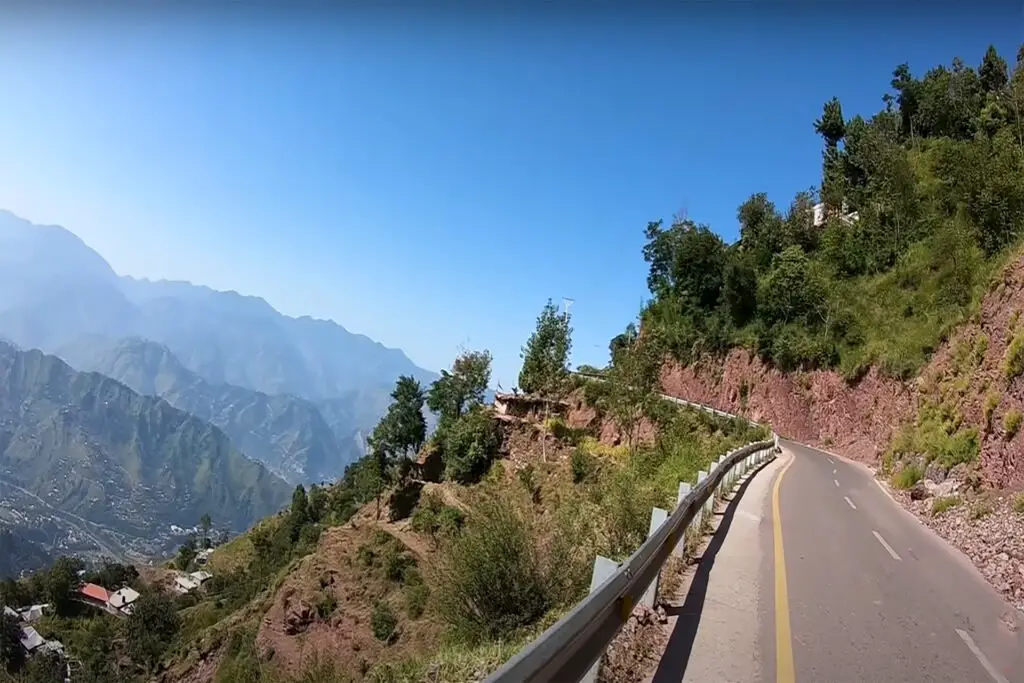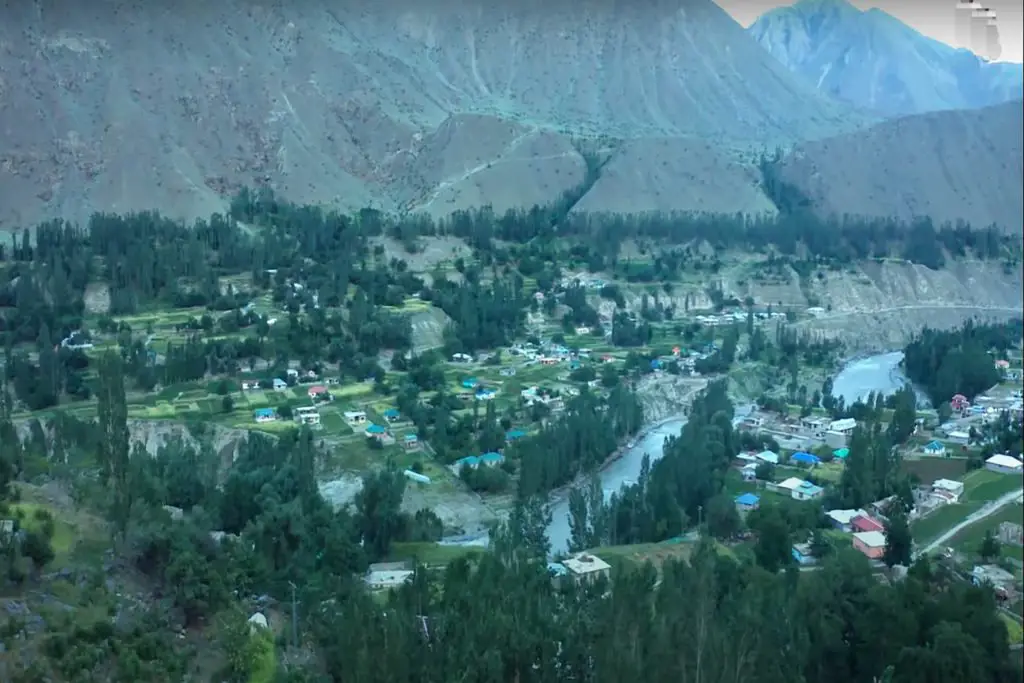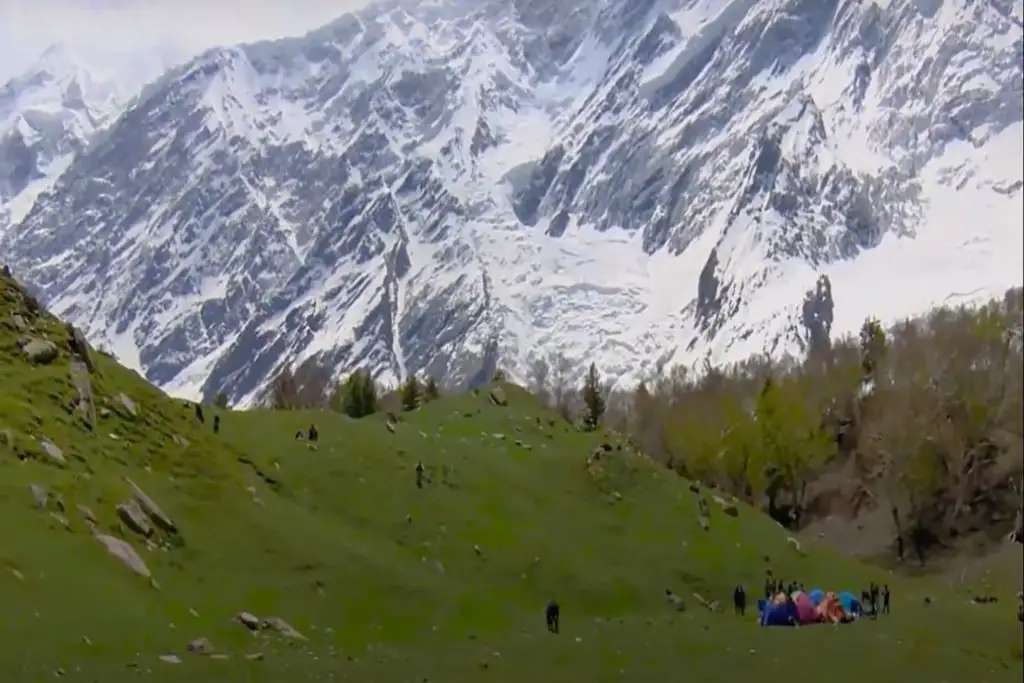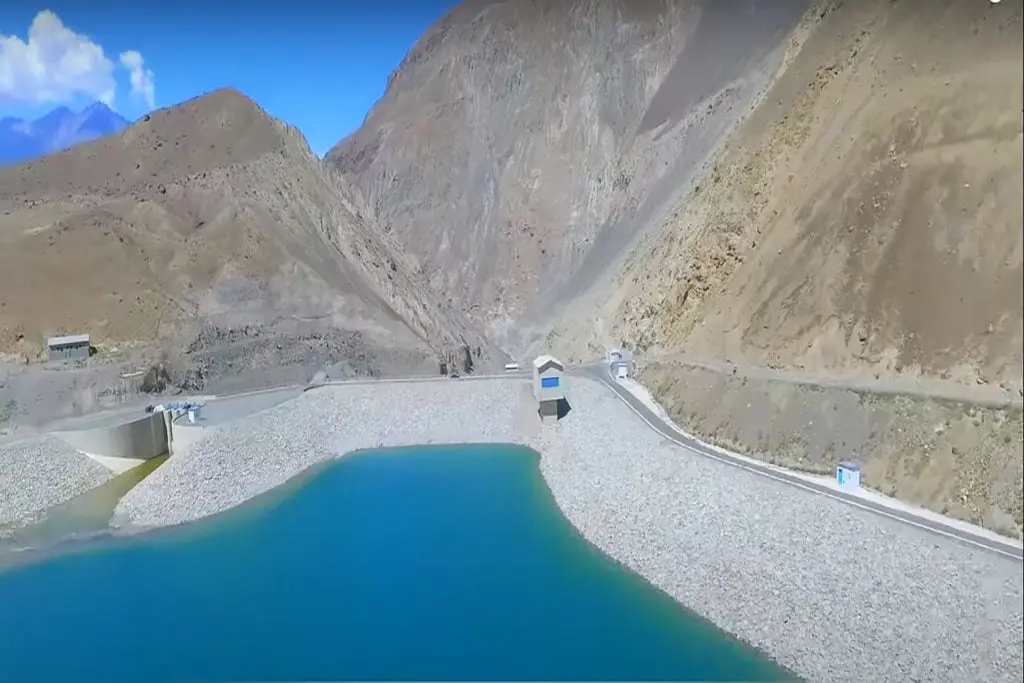Gasherbrum II, also known as K4, is one of the highest and most beautiful peaks in the Karakoram Range of the Himalayas. Located on the Pakistan-China border, Gasherbrum II is the 13th-highest peak in the world, with an elevation of 8,035 meters (26,362 feet). The mountain was first climbed in 1956 by an Austrian expedition led by Fritz Moravec.
Geography and Topography
Gasherbrum II is part of the Gasherbrum massif, which includes six other peaks, all of which are above 7,000 meters in height. The mountain is located in a remote and isolated area, and the nearest town is Skardu in northern Pakistan. The peak has a beautiful and symmetrical pyramid shape, with four main ridges extending from it.
The mountain has two main summits, with the highest being the north summit, which stands at 8,035 meters (26,362 feet). The south summit is slightly lower, with an elevation of 7,988 meters (26,198 feet).
Best Time for Climbing Gasherbrum II
Gasherbrum II is a popular peak for climbers, and it is known for its relatively less technical climbing routes compared to other peaks in the Karakoram Range. The climbing season for Gasherbrum II is from June to August, and the best time to climb is during the months of July and August.
The most popular route to the summit of Gasherbrum II is the southwest ridge, which starts from the Gasherbrum Base Camp and follows the ridge to the summit. The route involves technical climbing, including steep ice slopes and rock faces, and climbers need to be well-equipped and prepared for the harsh conditions.
How difficult is Gasherbrum 2?
Gasherbrum II is one of the most challenging mountains to climb in the world. It is located in the Karakoram range of the Himalayas, on the border of Pakistan and China. Gasherbrum II stands at an elevation of 8,035 meters (26,362 feet), making it the 13th-highest mountain in the world.
The difficulty of climbing Gasherbrum II lies in several factors. Firstly, it has a steep and technically demanding route, particularly towards the summit. Climbers face treacherous ice slopes, exposed ridges, and a variety of challenging climbing conditions, including rock and icefall hazards. The route requires a high level of technical climbing skills, including proficiency in ice climbing and the use of ropes, crampons, and other mountaineering equipment.
Secondly, Gasherbrum II’s altitude presents significant challenges. As climbers ascend higher, they must deal with the effects of extreme altitude, including decreased oxygen levels, low temperatures, and high winds. Acclimatization becomes crucial to allow the body to adjust to the thin air and reduce the risk of altitude sickness and other high-altitude-related ailments.
Additionally, Gasherbrum II is known for its unpredictable weather conditions. Storms can roll in quickly and unexpectedly, adding further danger and complexity to the climb. Climbers must be prepared to wait out adverse weather conditions and make decisions to ensure their safety.
The combination of technical difficulty, high altitude, and unpredictable weather makes Gasherbrum II a formidable challenge even for experienced mountaineers. Proper preparation, physical fitness, mountaineering skills, and experience in high-altitude climbing are essential for those attempting to summit Gasherbrum II. It is highly recommended to join an experienced and reputable expedition team and have a thorough understanding of the risks involved before undertaking such a demanding climb.
How much does it cost to climb Gasherbrum II?
The cost of climbing Gasherbrum II can vary depending on several factors, including the expedition operator, the level of support provided, the length of the expedition, and the services included. It’s important to note that climbing Gasherbrum II is an expensive endeavor due to its remote location, the need for experienced guides and support staff, specialized equipment, permits, logistics, and other expenses associated with high-altitude mountaineering.
As of my knowledge cutoff in September 2021, the estimated cost for a guided expedition to Gasherbrum II ranged from $35,000 to $50,000 per person. This cost typically includes services such as:
Expedition logistics: This includes organizing transportation, accommodation, meals, and other logistics before and after the climb.
Climbing permits: Climbers need permits to climb Gasherbrum II, and these can be quite expensive. The cost of permits can vary depending on the nationality of the climbers and the time of the climbing season.
Guiding services: Experienced mountaineering guides are crucial for a safe and successful climb. The cost usually covers the services of experienced guides who have extensive knowledge of the mountain, its routes, and the necessary skills to lead a team.
Sherpa and support staff: Sherpas and other support staff play a vital role in assisting climbers, setting up camps, fixing ropes, and carrying equipment. The cost typically includes their wages, equipment, and insurance.
Base camp facilities: Setting up a base camp at the foot of Gasherbrum II requires infrastructure such as tents, communication systems, food supplies, and medical facilities. The cost often includes the provision of these facilities.
Expedition equipment: Climbers are responsible for bringing their own personal climbing gear, including clothing, boots, harnesses, crampons, ice axes, and other technical equipment. These items are not usually included in the expedition cost.
It’s important to note that prices can vary significantly, and it’s advisable to thoroughly research different expedition operators, compare their offerings, and consider their reputation, safety record, and the level of support provided before making a decision. Additionally, costs may have changed since my knowledge cut off, so it’s recommended to consult with reputable expedition operators for the most up-to-date information.
Environmental Concerns
Like many other mountain peaks in the world, Gasherbrum II is also facing environmental concerns, including climate change, melting glaciers, and pollution. The melting of glaciers is affecting the local communities, who depend on the glaciers for water and irrigation purposes. The increasing use of fossil fuels and the growth of tourism in the area is also contributing to pollution and environmental degradation.
Gasherbrum II is a challenging and awe-inspiring mountain, attracting climbers from all over the world. It is a symbol of human endeavor and achievement, but it also highlights the need to protect and preserve our natural environment. As more people are drawn to the mountains, it is important to ensure that we respect and care for these natural wonders, and work towards sustainable development in these fragile areas.






